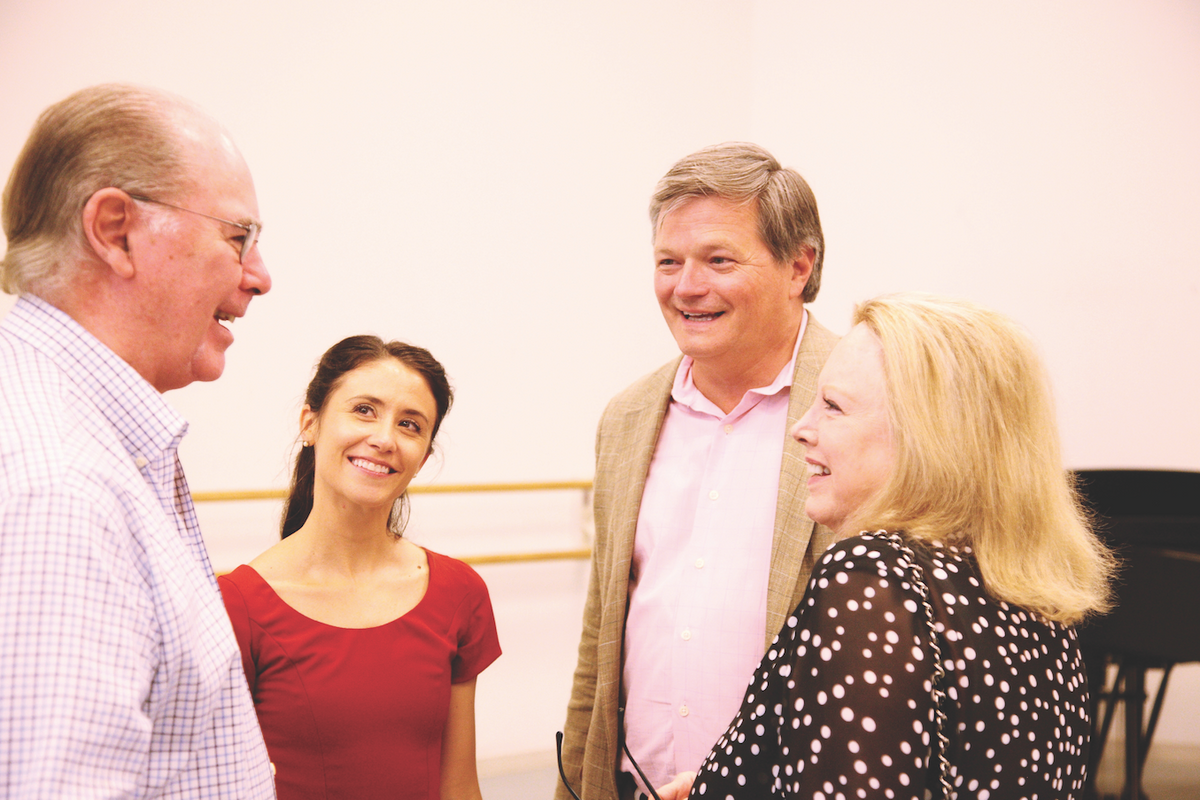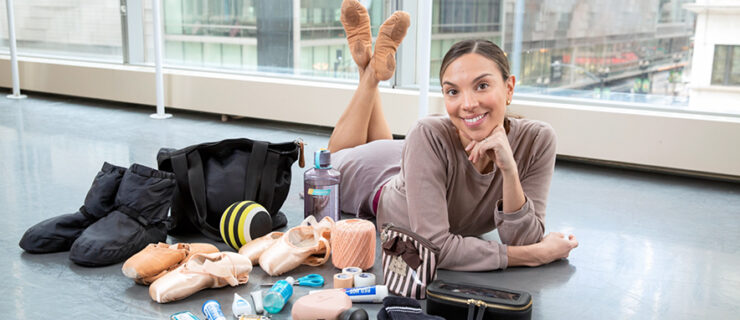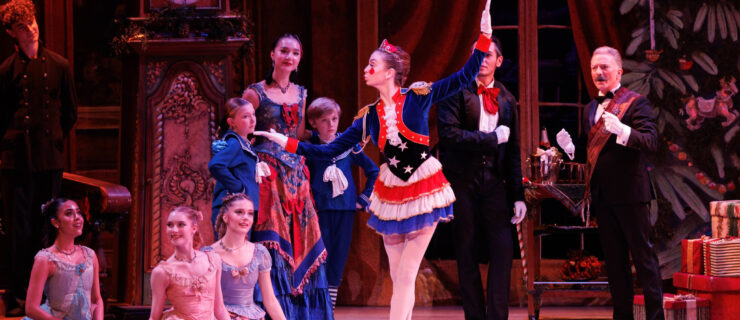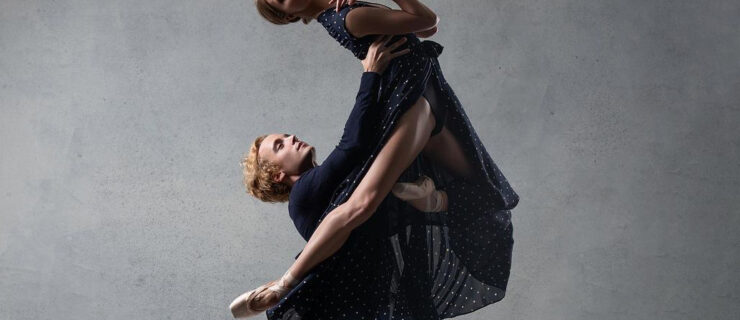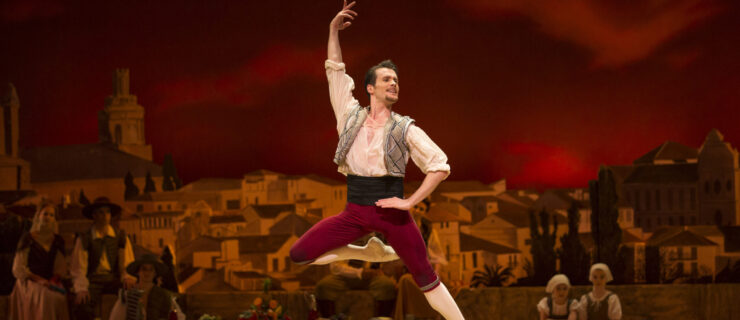Social Graces: Making a Good Impression at Company Patron Events Can Have a Lasting Impact
Ballet companies cannot survive without the financial support of their patrons and donors. In addition to underwriting new buildings and world premieres, and contributing to endowments, individual patrons and corporate donors often sit on the company’s board. Many even sponsor the salaries of dancers, or support their side projects.
Yet your ballet training does not prepare you for the formal, sometimes awkward socializing you are asked to do with these VIPs at galas, backstage champagne toasts and other events. Atlanta Ballet dancer Nadia Mara remembers feeling uncomfortable at patron events her first year as a professional. “My English wasn’t great,” says Mara, who grew up in Uruguay, “and I was unsure of what to do, how to act.” Yet she found that as she gained more experience speaking with patrons about where she had come from and her interests, the awkwardness melted away. “We have so much in common. We are passionate about the same things: ballet, art, fitness, culture.”
Cultivating strong relationships with donors and patrons often means stepping outside your comfort zone. “Our livelihood depends on them,” says Sona Kharatian, a dancer with The Washington Ballet. “It is important that we make them feel included and let them know we know they are doing this for the greater good of culture in their city.” Read on for some tips on how to initiate conversation and make some new, supportive friends.
Mingling Basics
Companies commonly invite patrons to preview events, opening-night champagne toasts and fundraising galas. While you may not be contractually obligated to attend, you should make an effort to go.
However, avoid the temptation to stand in a cluster only talking to other dancers. If you’re feeling shy, find another dancer to be your mingling partner to help keep your focus turned outward. Introduce yourself, or ask one of the more experienced dancers to help. Kharatian often helps break the ice for first-year members. “The board will ask me who is new to the company and then I make introductions,” she says.
 Sona Kharatian and Tamas Krizsa. Photo by Theo Kossenas, Courtesy The Washington Ballet.
Sona Kharatian and Tamas Krizsa. Photo by Theo Kossenas, Courtesy The Washington Ballet.
At Atlanta Ballet, there is a Saturday morning coffee event where patrons can watch an entire company class. “Some dancers just go and stretch after, but I always go over to them and say ‘hello,’ even if I am sweaty,” says Mara. “You have to remember that connection is why they came.”
As for what to talk about, you already have a common interest: ballet. “Some good conversation starters are asking how long the patrons have been involved with the ballet and what their favorite ballet is,” says Tulsa Ballet corps dancer Regina Montgomery. Kharatian often talks about the choreographer and process, as well as how she felt onstage. “They want to know what we go through, what our routines are,” she says. “It’s a chance to promote our art form and to let them know about what is new, exciting and upcoming.”
Be sincere in your effort to get to know them, too. “We often think they are so different because they have money and seem to have such success in business,” says Mara. “But once I get past the ice-breaker conversation, I want to know about their work and how they have accomplished things.”
Remember that you are an ambassador for both ballet and the company. “Some conversation no-no’s would be talking badly about the company, staff, repertoire, casting or even not liking the city,” says Montgomery. If you had a bad show or are having a bad time, try to find a more neutral topic, like travel, to focus on. Even if you think this is your last year in the company, great relationships with donors will often last beyond that if you treat them with care.
Get Involved
Any strong relationship must be tended and maintained. Some companies, such as Tulsa Ballet, give dancers opportunities to be more directly involved. Montgomery is head of Tulsa’s Dancer Development Committee, a team of six company members and one staff liaison. “Our purpose is to work with the development and admin staff to strengthen donor relationships with the company members,” says Montgomery.
 Regina Montgomery in “Don Quixote.” Photo Courtesy Tulsa Ballet.
Regina Montgomery in “Don Quixote.” Photo Courtesy Tulsa Ballet.
The committee makes an effort to make patrons and donors feel appreciated. (Recent capital campaigns have raised millions, yielding new studios and a 160-seat on-site theater.) Some of the members’ duties include making thank-you phone calls, writing emails and handwritten notes, giving backstage tours, visiting patron lounges during intermissions, creating short appreciation videos and autographing photos. If your company does not have a committee to help dancers engage in this way, maybe you should consider starting one.
Beyond the Ballet
All three dancers agree that a good relationship with donors extends beyond the stage. “Getting to know our donors not only benefits the company as a whole, but it can benefit you personally,” says Montgomery. “It is great to make connections in the community and know people outside the ballet company.”
Mara notes that Atlanta Ballet dancers often get invited to non-dance events by their sponsors, such as the opera. “I usually bring a friend, and that is encouraged,” she says. “Know that you can control the limits so that you never feel uncomfortable.”
For Kharatian, having a great relationship with her sponsors has brought her more than just a salary. When she became injured before the premiere of a ballet they underwrote, one of the donors took her to lunch. “She gave me good advice and I was able to calm down,” she says. “My appreciation for them goes beyond words.”
